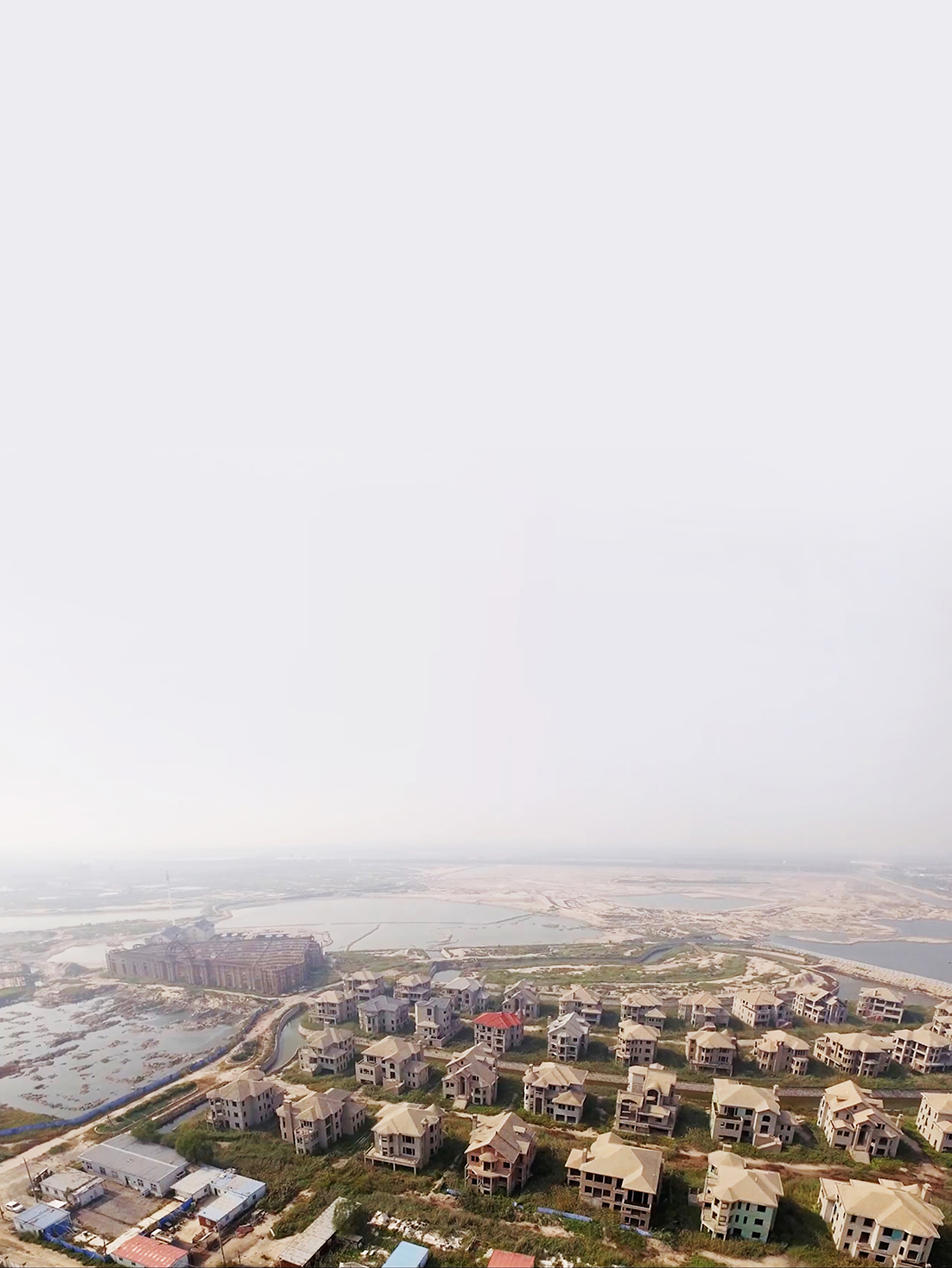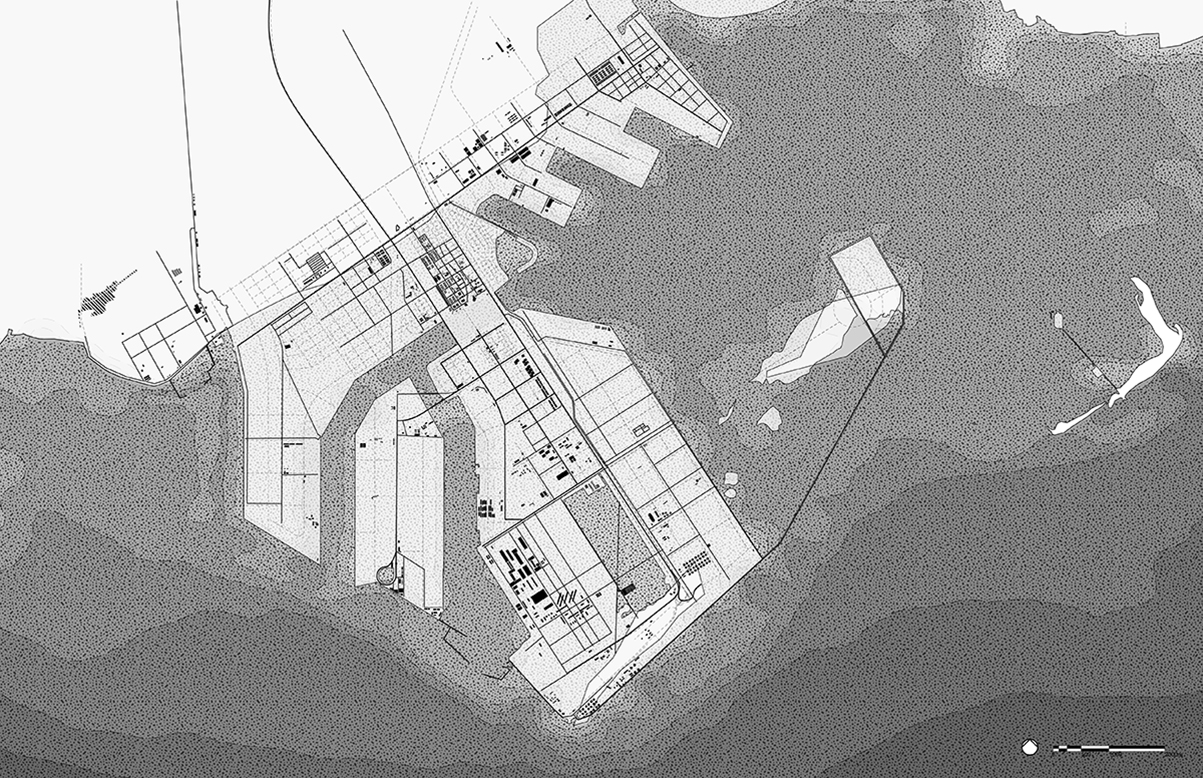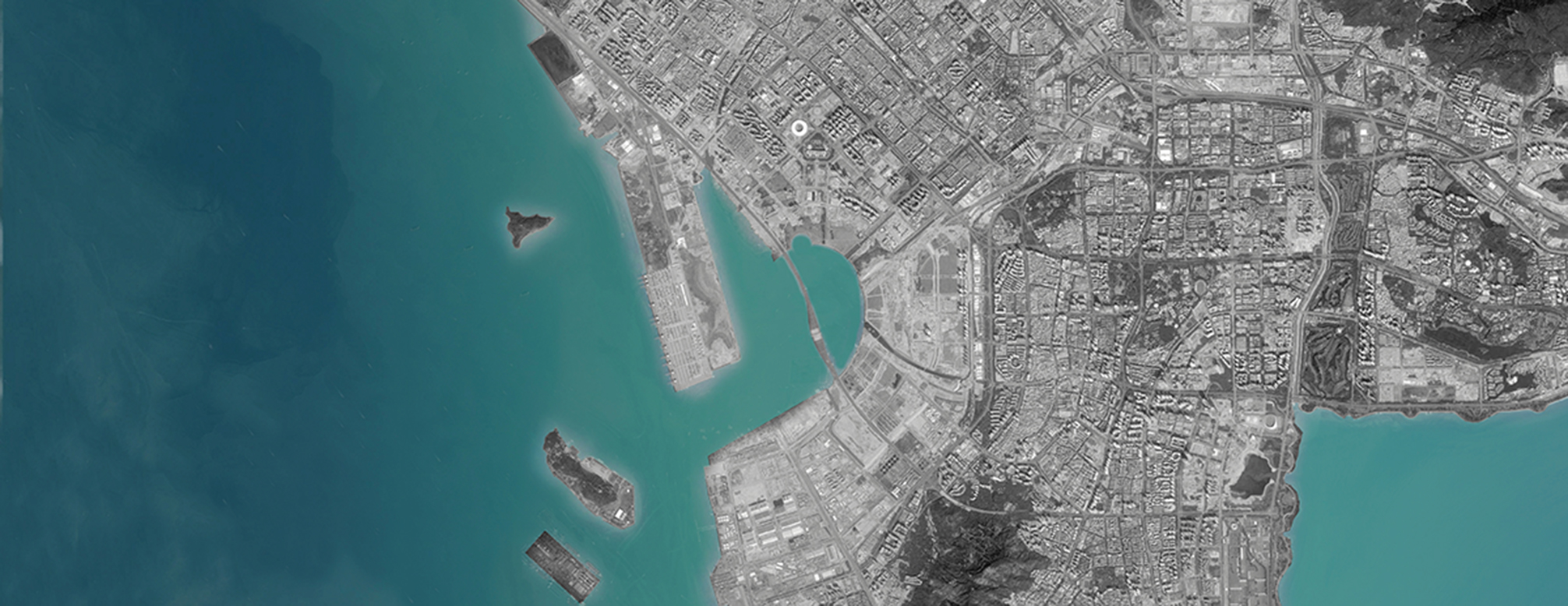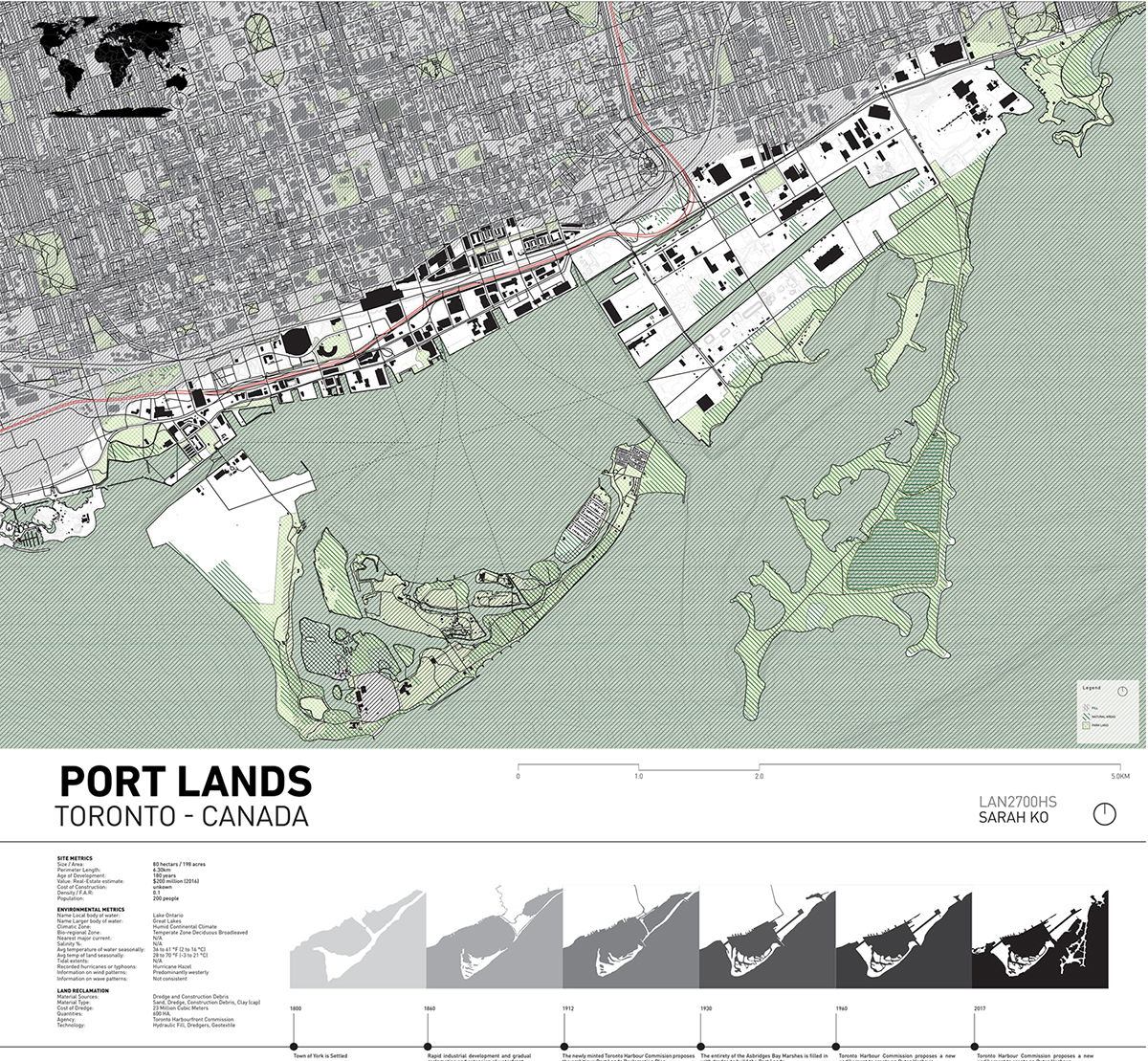
22.06.17 - Cities@UofT blog features Fadi Masoud’s research on coastal urbanism
U of T’s expertise in cities runs deep with urban research taking place on all three campuses in disciplines including (but not limited to) public health, social work, engineering, urban planning, law, and of course, architecture, landscape architecture, and urban design.
To showcase the wealth of research, teaching, and engagement in this area, the University created Cities@UofT, a new website designed to increase the visibility of its urban initiatives. One of the features of the website, the Cities Blog publishes posts written by professors across campus about their work.
Assistant Professor of Landscape Architecture and Urbanism, Fadi Masoud (MLA 2010) recently wrote about his research on coastal cities that “reclaim land” from oceans and lakes in an effort to meet housing, industry and recreational demands.

Caofedian in Bohai Bay: One of the world’s largest Land Reclamation Project. Image Credit: Developing the Littoral Gradient Atlas (Masoud / Ryan)
“Coastal plains comprise about 8% of the surface of the Earth, and are among the world’s most densely populated and most industrialized areas,” writes Masoud. “Today about half the world’s population lives within 100 km of the coast or an estuary, where eight out of the ten largest metropolitan regions are currently situated.”
But this expansion comes at a cost. According to Masoud, sand (an important component in the development of new coastal land) is “the second most consumed natural resource on the planet,” and new densely populated coastal communities face increased challenges due to climate change.

Qianhai reclaimed land near Shenzhen, China. Image Credit: Developing the Littoral Gradient Atlas (Masoud / Ryan)
Masoud has been working with MIT professor Brent Ryan and other collaborators at the MIT Leventhal Center for Advance Urbanism to develop an online atlas of coastal development projects (now in beta phase). And given that land reclamation continues (Masoud writes that in China “at least 11 coastal provinces and 39 coastal municipalities are carrying out decades-long land reclamation projects supported by the central government”), the team of researchers are exploring how to address the challenges such coastal developments face. Could they be designed to be more adaptive and resilient, less costly, and to allow for more affordable housing in the mix?

Toronto land reclamation by Sarah Ko — one of the 36+ International case studies of urban districts built on reclaimed land drawn and analyzed by Daniels Students.
Though not a seaside city, Toronto has a history of land reclamation of its own. The above map by Daniels Faculty student Sarah Ko shows waterfront development closer to home. Masoud taught a seminar this past semester in which students looked at global case studies of urban districts built on reclaimed land throughout the centuries.
Feature image at top: Development on Bohai Bay near Tianjin. Image Credit: Matthew Niederhauser and John Fitzgerald: Future of Suburbia Exhibition – MIT Norman B. Leventhal Center for Advanced Urbanism

